President Droupadi Murmu in her speech on the eve of Independence Day hailed the contribution of women freedom fighters. “On the eve of Independence Day, I join my fellow citizens in paying grateful tribute to the known and unknown freedom fighters whose sacrifices have made it possible for India to regain its rightful place in the comity of nations,” Murmu said. Great women freedom fighters like Matangini Hazra and Kanaklata Barua laid down their lives for Bharat-Mata, Murmu added.
On the eve of Independence Day, I join my fellow citizens in paying grateful tribute to the known and unknown freedom fighters whose sacrifices have made it possible for India to regain its rightful place in the comity of nations. Great women freedom fighters like Matangini Hazra… pic.twitter.com/US3b32LUll
— ANI (@ANI) August 14, 2023
But who was Barua, one of the youngest martyrs of the Quit India movement? Let’s take a closer look: Early years Kanaklata Barua was born on 22 December 1924 in Assam’s Barangabari village. According to The Print, her parents were Krishna Kanta Barua and Korneswari Barua.
Barua’s mother passed away at age five, as per the Feminism India website. Her father remarried, but would pass away less than a decade later.
Now an orphan and in the third standard, Barua dropped out of school to take care of her siblings.
These developments came in the backdrop of the freedom struggle finding more and more backing in Assam – particularly among women. Many of these women joined ‘Shanti Bahini’ and the ‘Mrityu Bahini.’ While the members of the former worked peacefully, members of the latter group readied themselves to face death. Barua initially wanted to join Netaji Subhas Chandra Bose’s Azad Hind Fauj. However, her status as a minor excluded her from joining. Barua then joined the Mrityu Bahini group. Though the Mrityu Bahini had a similar policy of not allowing minors, Barua managed to persuade them to allow her to join and was even put in charge of the cadre. “She had joined the Mrityu Bahini just two days before the incident,” Sheila Bora, retired professor of Dibrugarh University who has authored a monograph on Barua, told _The Indian Expres_s in 2020. “The squad strictly admitted members aged 18 and above but Kanaklata was an exception. She wanted to lead the procession and after much persuasion she was allowed to.” Quit India movement On 20 September, 1942, Barua, aged just 17, led a group of 5,000 freedom fighters on a march towards Gohpur Police station. Their aim? To hoist the Tricolour in support of the Quit India Movement. Barua, being halted by the station-in-charge, told him she would do her duty and he should do his, as per The Print. British forces at the station then opened indiscriminate fire on the group. Barua, who was at the forefront of the procession, was shot dead at point-blank range.
She died with the Tricolour still in her hands.
Barua, despite being riddled with bullets, did not let go of the flag as she fell to the ground. “She did not want it to touch the ground. Another woman volunteer behind her — Mukunda Kakoty — came and held the flag, and she, too, was shot,” Bora added. Avinibesh Sharma of the website Vintage Assam told The Indian Express Barua captured the imagination of the public. “… It was also a time where you saw a lot of women coming to the fore, leading processions, patriotic fervour was at its peak — and Kanaklata was a product of this time,” Sharma added. According to The Print, the Indian Coast Guard in 2020 commissioned the ICGS Kanaklata Barua – a fast patrol vessel (FPV) – to honour the teenager who gave her life for the Quit India movement. A previous FPV named after Barua was decommissioned in 2017 after two decades of service. With inputs from agencies


)
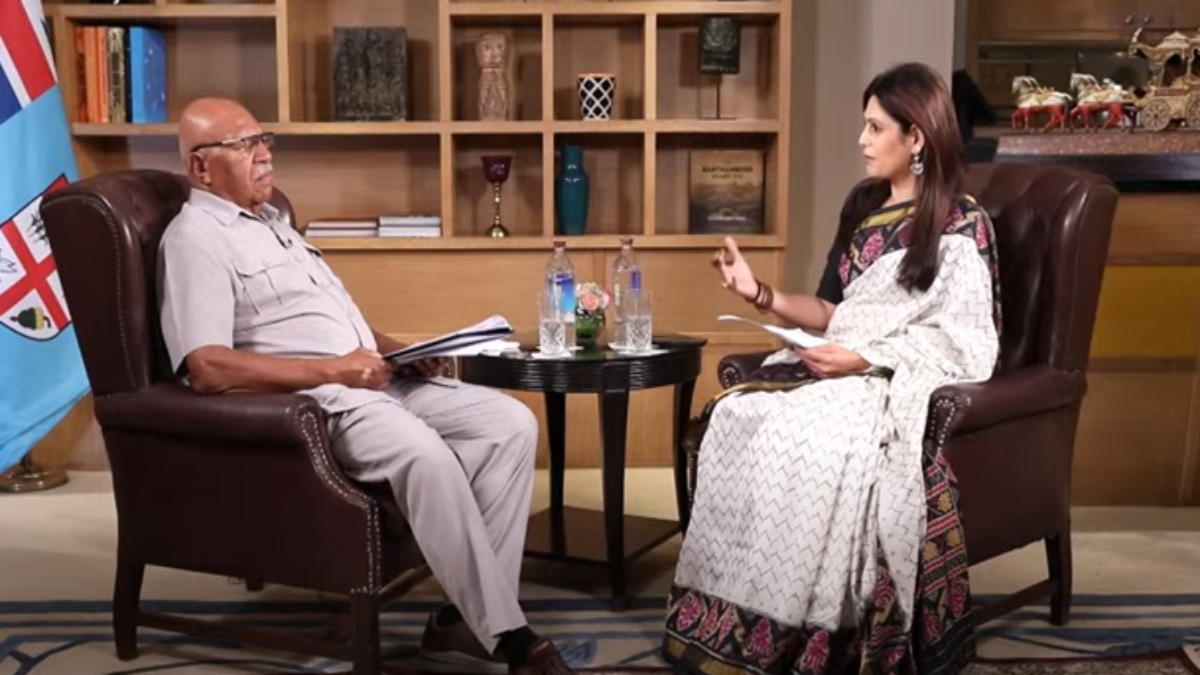)
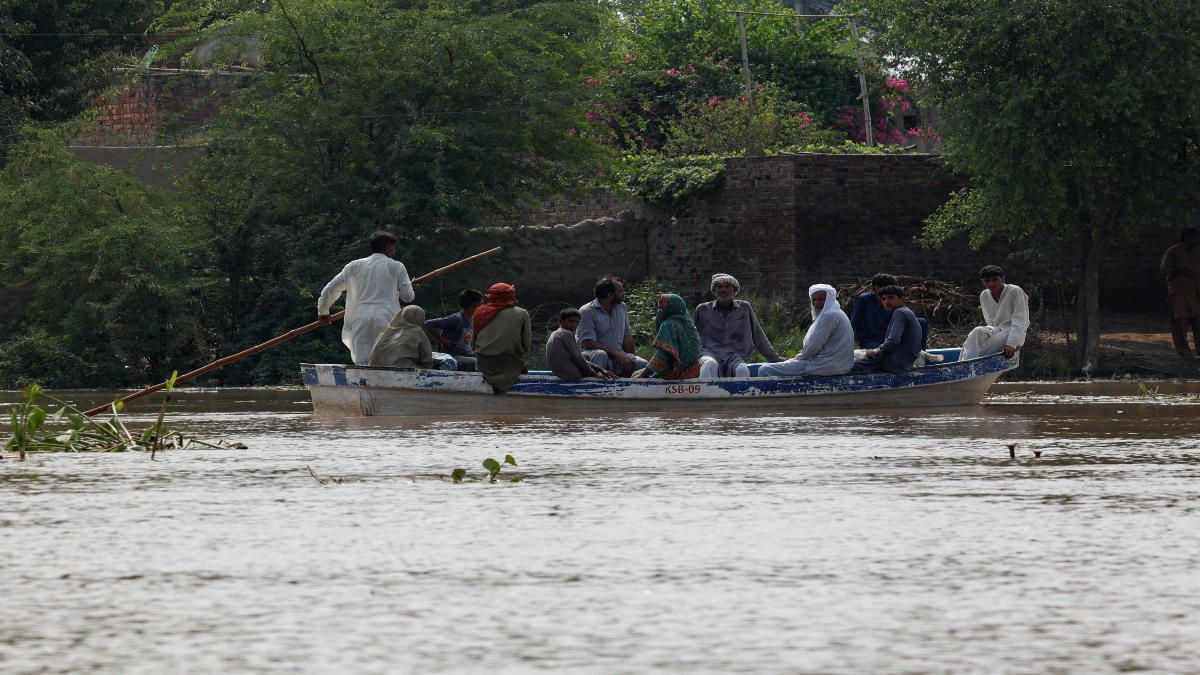)
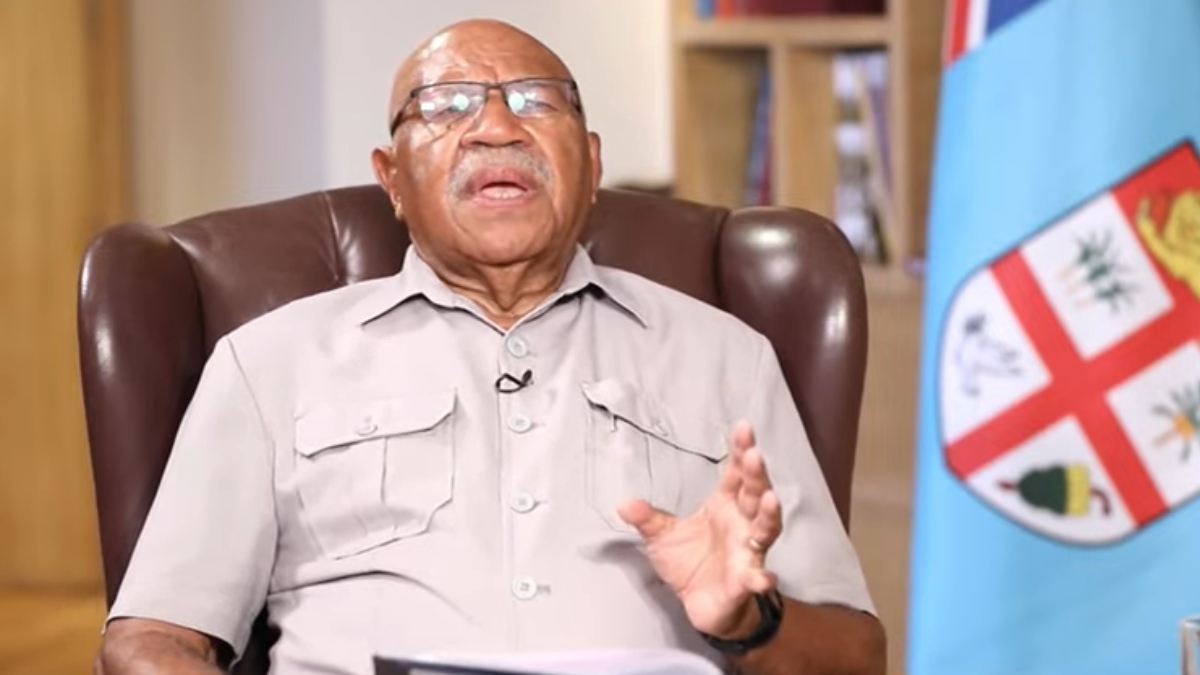)
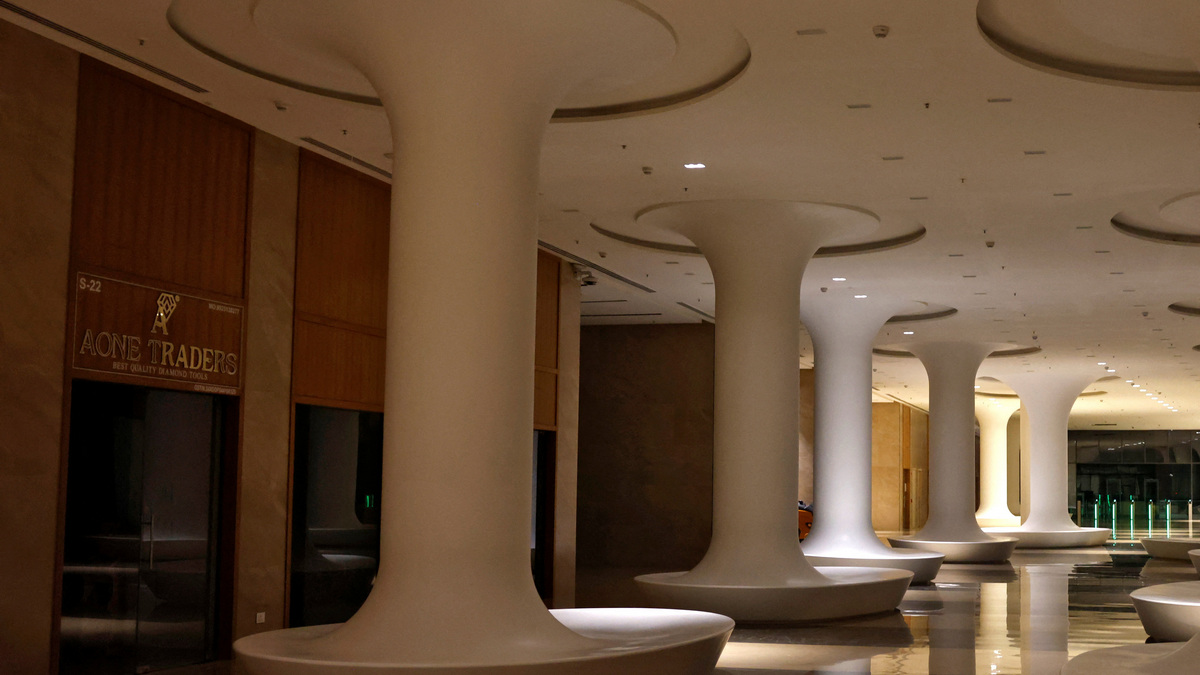)
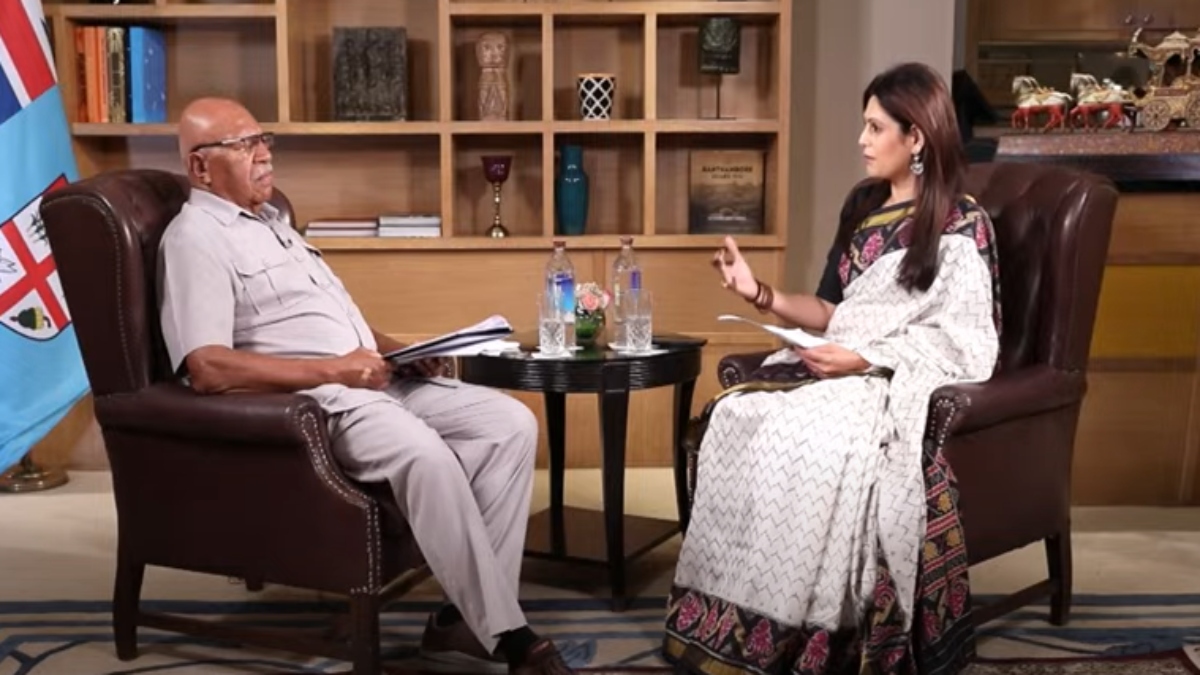)
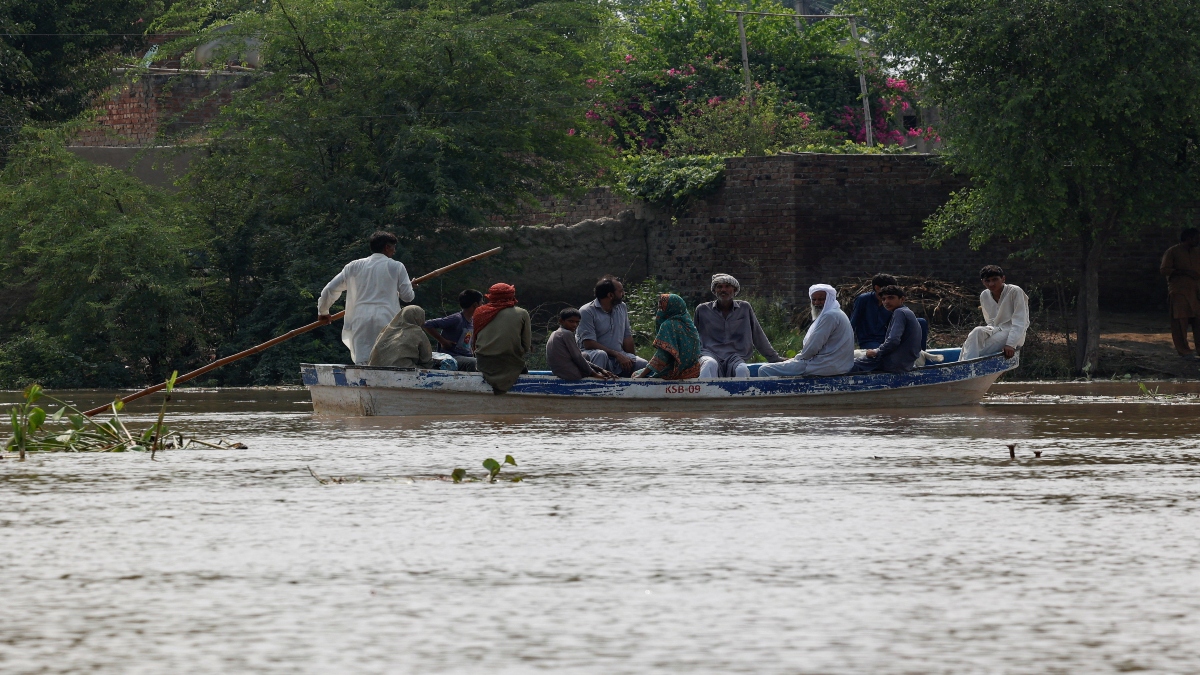)
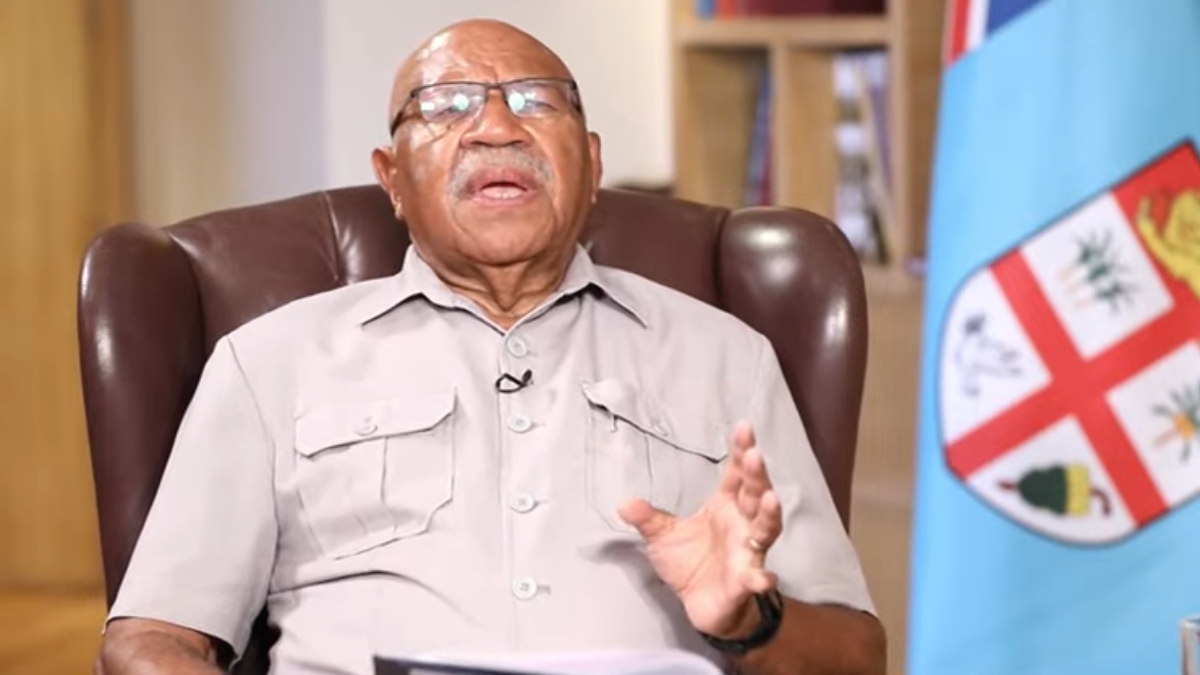)
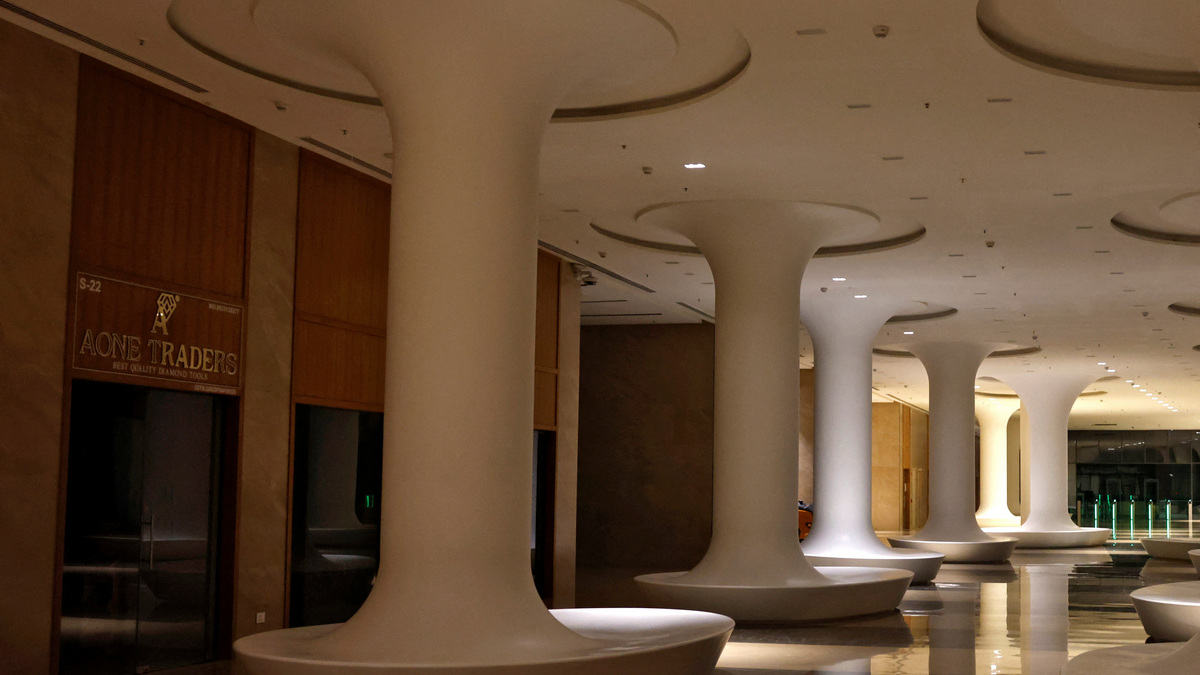)



